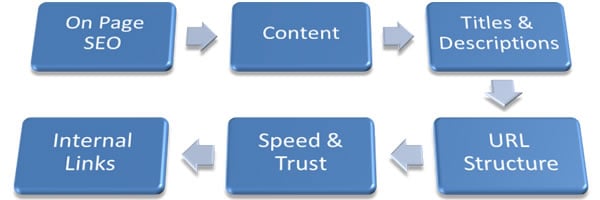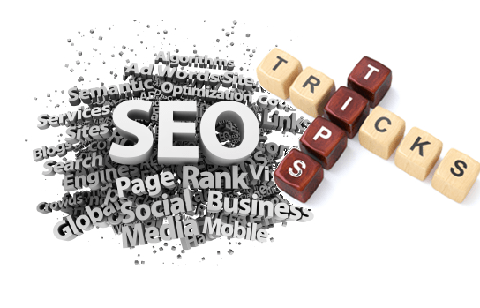SEO on-page optimization simply implies the factors which have an effect on web pages listed in search results. On-page optimization tips get the website optimized. One could benefit the most by following the SEO on-page optimization follow-up tips. These factors are controlled by the website owners, webmasters, or by coding on the page SEO expertise.
It is very important to learn why on-page SEO activities have to be done on a website before learning the basic tips and SEO on-page optimization follow-up tips connected to it as it can simplify the learning process.
Understanding the basic needs of SEO on-page optimization can help you to avoid some kind of possible mistakes which may harm your website’s search engine visibility instead of helping it rank on the SERP.
Basically on-page Search Engine Optimization refers to certain changes or modifications made in the website and pages to get visibility to search engine spiders called bots. Google’s search engine spiders are known as Google bots.
SEO On-Page Optimization Tips: Understanding the Mistakes
Having a detailed knowledge of possible SEO mistakes which will have negative effects is the topmost on-page optimization tip.
Keyword stuffing
The presence of the focusing keyword on the web page is proven to produce better results in SEO. Taking advantage of this, placing the focusing keyword in the web page in an uncontrolled manner is keyword stuffing.
Lack of on-topic content & content duplication
Every web page should have relevant content (contents not copied from other sites) which satisfies the user’s query.
Manipulated Link Building or Link Manipulation
The number of inbound links (links from a web page back to your own web page) is helpful. But taking advantage of this is harmful.
Wrong Keyword Selection
The web page may be intended for a particular keyword. But choosing another keyword would not give the intended results.
Link spamming
Providing a large number of links to other websites in order to increase your site’s inbound links is link spamming.
Lack of Social Media Signals
Make effective use of the various social media by doing various promotional activities in them.
Examining the trafficked pages of the site and if the software is at fault then evaluating the top landing pages of the site at the bare minimum and then applying SEO on-page optimization follow-up tips helps the website get better ranking.

SEO On-Page Optimization Follow-up Tips
Identify & Fix pages with the worst bounce rates by the following methods
Fix and cleanup all broken links and redirect links
Non indexed & Thin Content Pages
LSI Content Implementation
Tools like UbberSuggest, Google Suggestion, Analytic Stats and Keyword Tools help you to identify the words you dictate for strengthening. It also makes the total visibility better.
Google Authorship & Structured Data
SERPs are being taken over by Google Authorship, rich snippets and data.
Elimination of Duplicate content is done by re-examining the Google Webmaster guidelines and bounce rates are analyzed.
The page is loaded with new content if the current content is outdated and the older content is transformed into another page.






